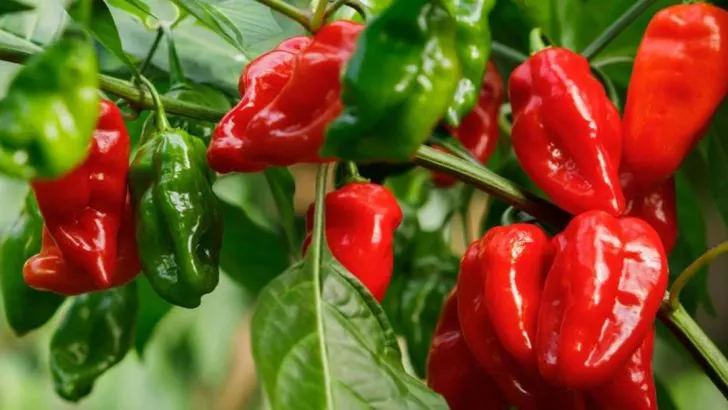Zinnias are vibrant, easy-to-grow flowers that not only beautify your garden but also attract pollinators and beneficial insects. When planted alongside the right companions, they can help improve pest control, boost plant health, and create a visually stunning garden. Whether you’re growing vegetables, herbs, or other flowers, zinnias make excellent neighbors. Here are the best plants to grow next to zinnias for a thriving and harmonious garden.
Marigolds
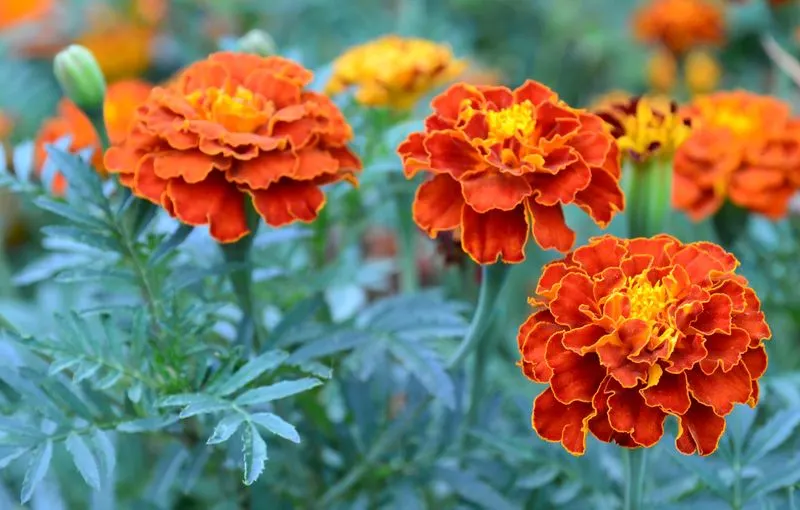
Marigolds bring more than just a splash of yellow and orange to your garden. When paired with zinnias, they create a dynamic color palette that catches the eye. These two are more than just pretty faces; marigolds are known for their pest-repelling properties, which help to protect zinnias from unwanted visitors. Their short stature complements the taller zinnias, adding depth to your garden layout. A well-planned garden design can benefit from the mutual advantages these plants offer, creating a visually appealing and resilient garden space.
Basil
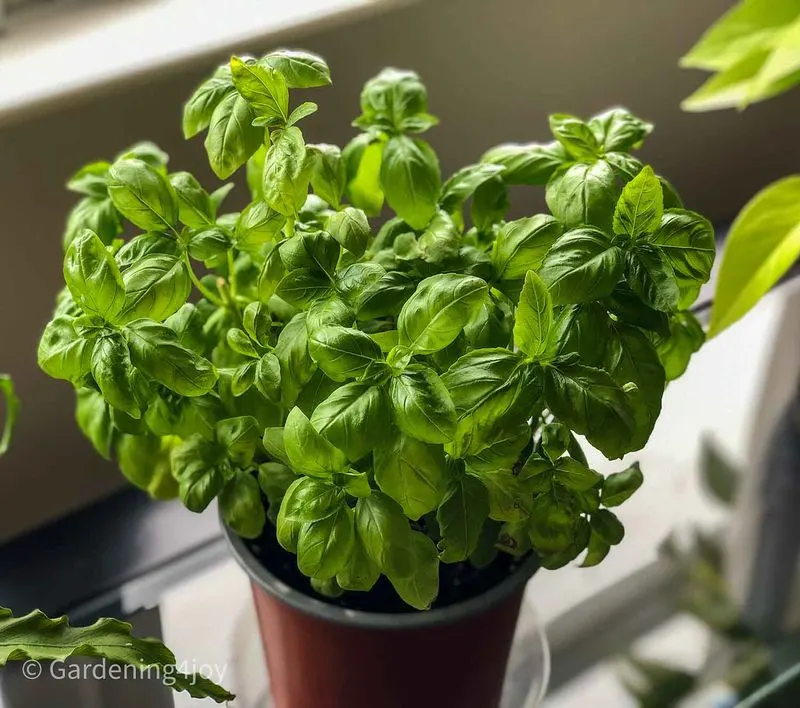
Basil isn’t just for your culinary endeavors—it’s a perfect companion for zinnias. This aromatic herb enhances the garden with its rich scent while deterring insects that may harm your zinnias. The lush green of basil leaves contrasts beautifully with the vivid colors of zinnias, creating a lively display. Additionally, basil’s compact growth helps to fill in spaces beneath taller zinnias, maximizing sunlight exposure for both plants. This pairing not only brings aesthetic pleasure but also practical benefits to your gardening efforts.
Lavender
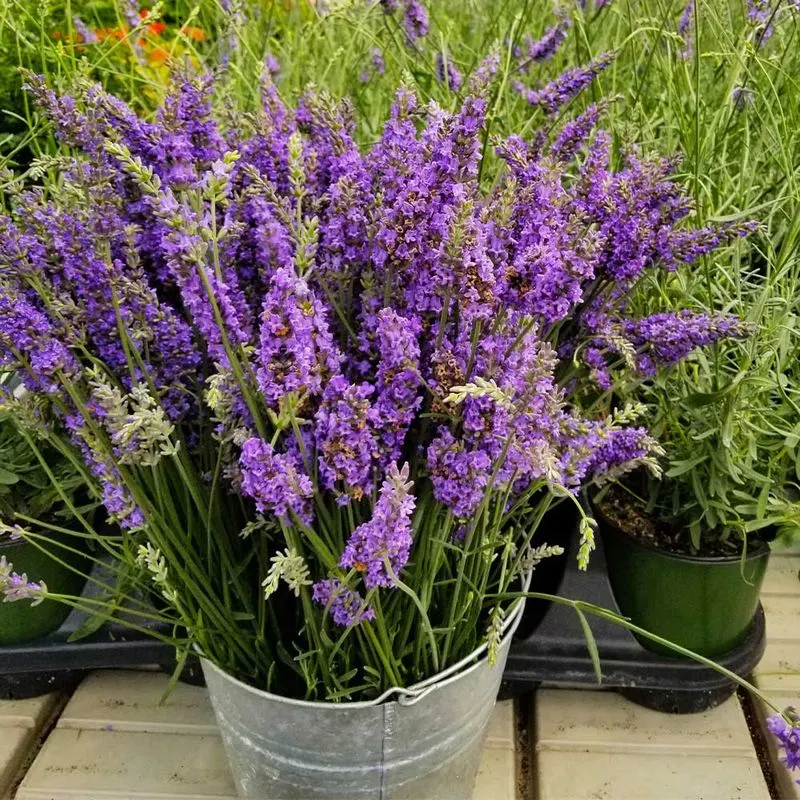
Lavender provides more than its soothing scent when grown next to zinnias. Its soft purple blooms offer a gentle contrast to the bright zinnias, creating a visually appealing mix. Lavender attracts pollinators, which can benefit both plants as they flourish side by side. The sturdy stems of zinnias also offer support to lavender, especially in windy conditions, ensuring both plants thrive. Together, they create a fragranced garden haven that’s as practical as it is beautiful.
Sunflowers
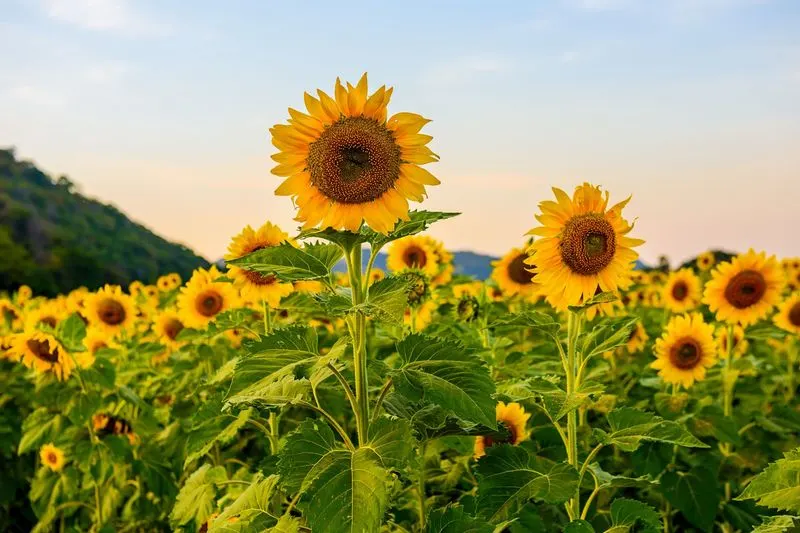
Sunflowers, with their towering height and bold blooms, make an impressive backdrop for zinnias. They draw in pollinators, which aids in the flourishing of zinnias and other nearby plants. The combination of these two creates a tiered garden effect, where the sunflowers stand tall while zinnias fill the middle ground. This visual layering not only enhances your garden’s appearance but also maximizes space. The pairing thrives in sunny spots, where both can soak up the rays and contribute to a lively, buzzing ecosystem.
Tomatoes
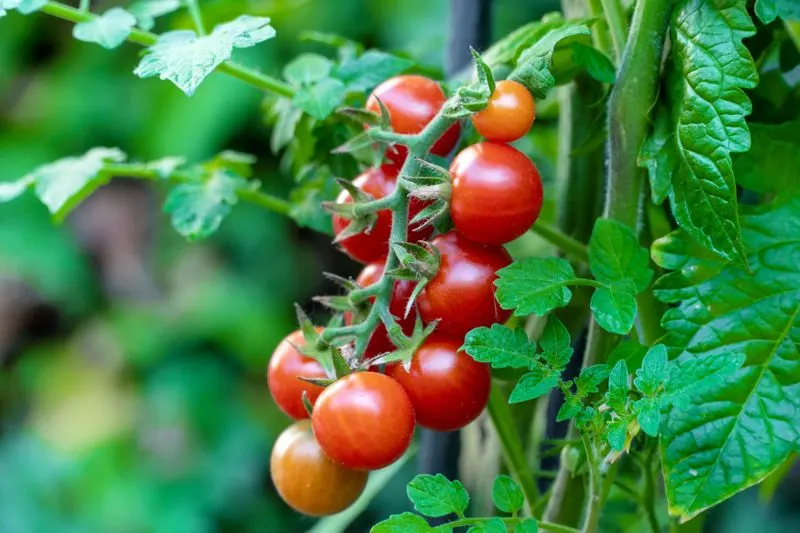
Tomatoes and zinnias make a practical and attractive combination in any garden. The bright zinnia flowers attract pollinators, essential for the fruiting of tomato plants. This partnership enhances productivity, leading to a more fruitful harvest. Additionally, the vibrant zinnias add a touch of color amidst the green foliage of tomatoes, creating a visually pleasing contrast. Their combined presence not only improves the garden’s aesthetic but also promotes a bountiful and healthy growing environment.
Peppers
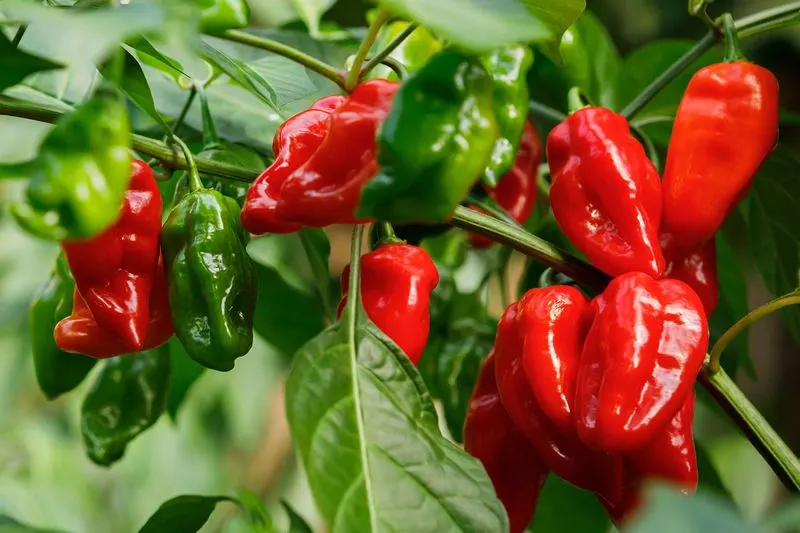
Peppers and zinnias complement each other perfectly, both visually and practically. The bright hues of zinnias bring out the vivid colors of ripening peppers, creating a vibrant garden picture. Zinnias attract beneficial insects that can control pests naturally, benefiting the growth and health of pepper plants. Their partnership offers a dual benefit of beauty and enhanced pest control, ensuring that both plants thrive and prosper together in the garden setting.
Chives
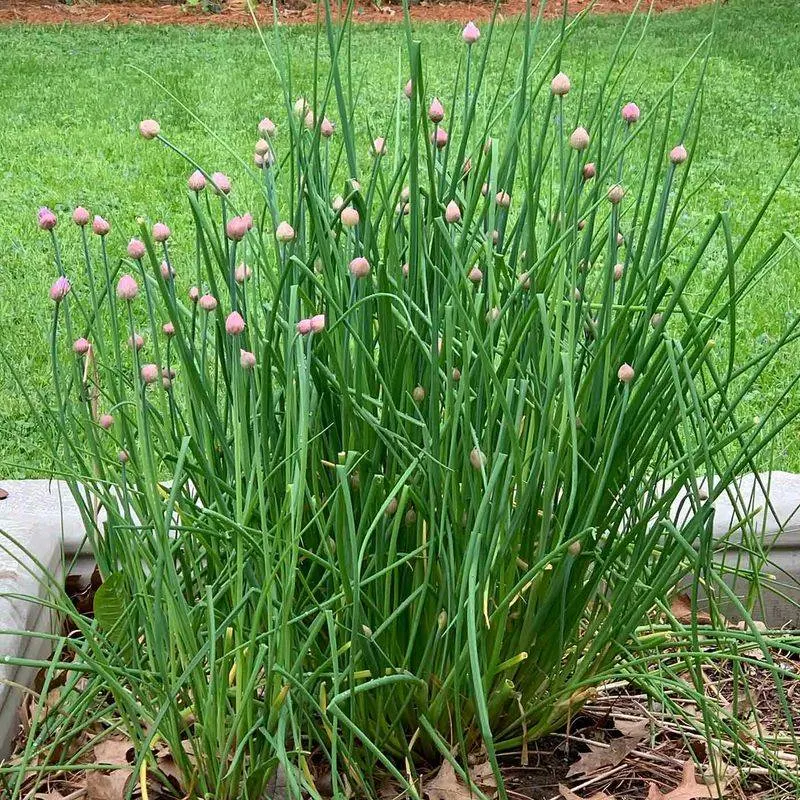
Chives, with their delicate purple flowers, provide a wonderful contrast to the bold hues of zinnias. More than just decorative, chives also deter harmful insects, offering protection to their floral neighbors. This natural pest control solution is complemented by the visual harmony they create in the garden. As chives fill in the lower gaps, zinnias rise tall, ensuring both fragrance and beauty are evenly spread across the space. Together, they form a balanced, aromatic environment that thrives on their mutual benefits.

